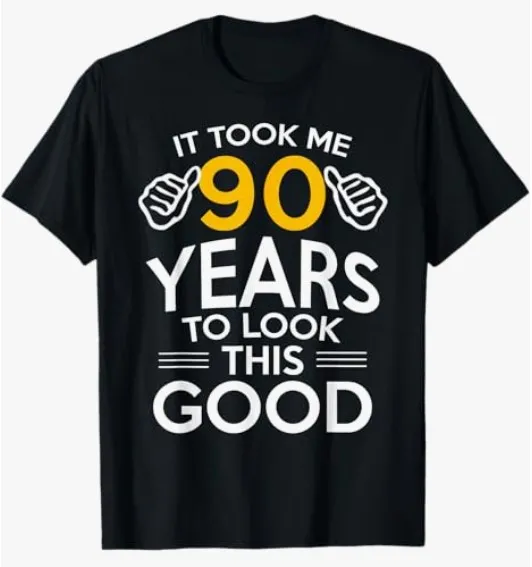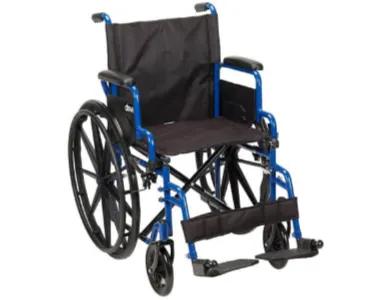“How to check for signs of wear and tear, and when to replace the brace” is an important question for those wearing braces.
As a certified Doctor, I have conducted extensive research to determine the telltale signs of brace wear and tear and when the time is right to replace them.
In this article, I will reveal insider secrets to check for signs of damage and when to replace the brace.
Keep reading to discover everything about wear and tear and optimal replacement times!
Table of Contents
Key Takeaways
- Identify Visible Damages: Regularly inspect your back brace for obvious signs of damage such as fraying, cracks, or deformation.
- Check Fit and Comfort: A brace that no longer fits properly or causes discomfort might be showing signs of wear and tear.
- Consider Age and Usage: Even if a brace seems in good condition, its effectiveness can wane over time due to regular usage.
This post contains affiliate links. We earn a commission if you purchase at no extra cost.
Check Your Brace For Signs of Wear & Tear (3 Easy Steps)
Here are 3 steps to glance follow when inspecting your brace for wear and tear:
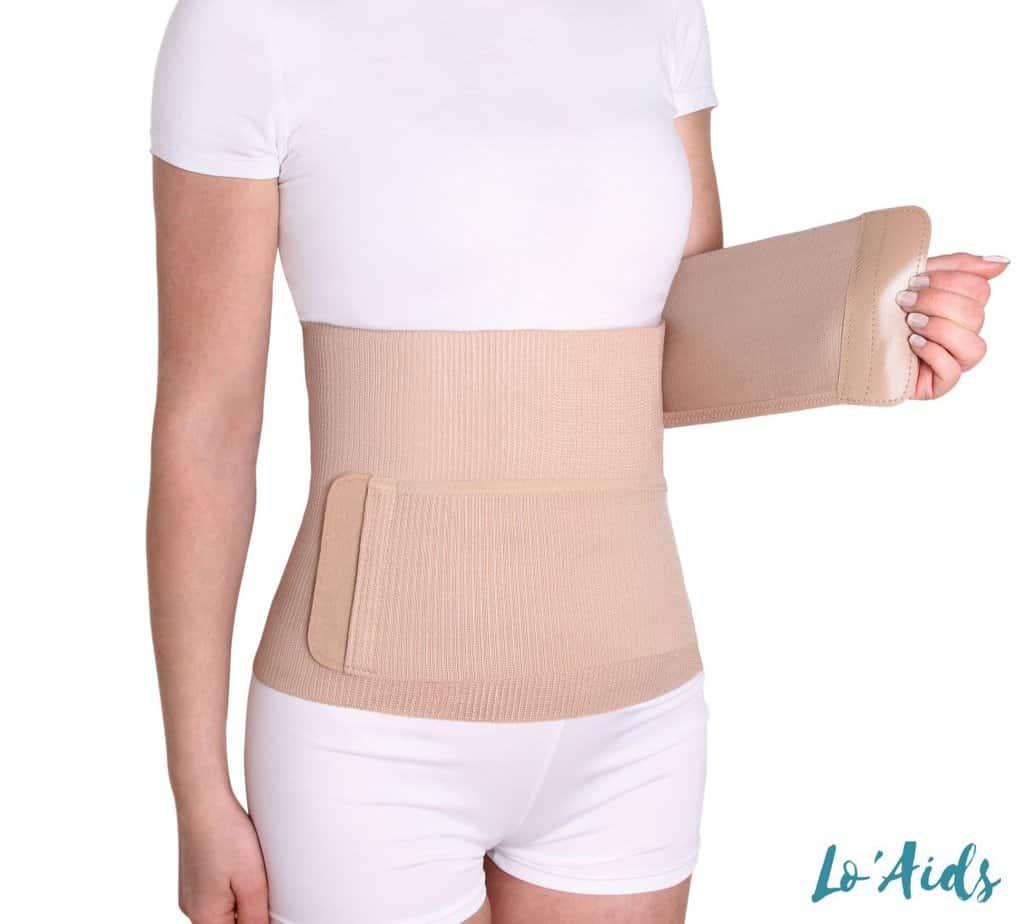
Step #1: Inspect Visible Damage
This includes signs such as frayed straps, broken or worn-out fastenings, and thinning or torn fabric.
It’s essential to regularly inspect your brace for these signs of damage, as they can reduce the device’s overall effectiveness.
Step #2: Check for Declined Comfort
If your brace is no longer as comfortable as it once was, or if you find it’s not providing the same level of support, it’s probably time for a new one!
Step #3: Check for Reduced Effectiveness
Wearing an ineffective brace can lead to discomfort and may even exacerbate the issue it was meant to alleviate.
Here’s a quick summary of the above steps:
| Step # | Process | Description |
|---|---|---|
| 1 | Inspect Visible Damage | Regularly inspect your back brace for signs such as frayed straps, broken or worn-out fastenings, and thinning or torn fabric. |
| 2 | Check for Declined Comfort | Assess if your brace is still comfortable and provides the same level of support. |
| 3 | Check for Reduced Effectiveness | Constantly evaluate the brace’s effectiveness. |
Envying a quality back brace? CLICK HERE for a Doctor’s prescribed brace for years to come!
- ✅ 𝐁𝐘𝐄 𝐁𝐘𝐄 𝐁𝐀𝐂𝐊 𝐏𝐀𝐈𝐍: Stot Sports back brace ensures instant and lasting relief for diverse back concerns. Our back brace for women, and men offers enhanced comfort and robust support during daily activities such as walking, bending, and intense gym workouts.
- ✅ 𝗨𝐍𝐁𝐄𝐀𝐓𝐀𝐁𝐋𝐄 𝐋𝐔𝐌𝐁𝐄𝐑 𝐒𝐔𝐏𝐏𝐎𝐑𝐓: Featuring six discreet vertical supports, including four plastic stays and two spring bones, our back brace for lower back pain women delivers excellent support and prevents rolling up, ensuring comfortability & stability during all activities
- ✅ 𝗕𝐑𝐄𝐀𝐓𝐇𝐀𝐁𝐋𝐄 & 𝐅𝐋𝐄𝐗𝐈𝐁𝐋𝐄 𝐃𝐄𝐒𝐈𝐆𝐍: Crafted from high-quality mesh fabric, our back support brace offers superior comfort, keeping you cool and dry during intense activities. With outstanding elasticity, it ensures a perfect and adjustable fit, allowing confident and flexible movement throughout the day.
- ✅ 𝗖𝗢𝗡𝗩𝗘𝗡𝗜𝗘𝗡𝗧 𝗦𝗧𝗢𝗥𝗔𝗚𝗘 & 𝗩𝗘𝗥𝗦𝗔𝗧𝗜𝗟𝗘: Our back support belt comes with a spacious mesh bag for easy storage and carrying, making it convenient for outdoor activities. Wear it discreetly under clothes or make a fashion statement over clothing, offering dual-style versatility for all ages, genders, and body types.
- ✅ 𝗥𝗘𝗠𝗢𝗩𝗔𝗕𝗟𝗘 𝗟𝗨𝗠𝗕𝗔𝗥 𝗣𝗔𝗗: Experience heightened back comfort with the sizable and detachable lumbar pad. With our back brace for men you can quickly attach or detach the lumber pad, using secure hook and loop closures, ensuring convenient and irritation-free support throughout the day.
- ✅ 𝟏𝟎𝟎% 𝐒𝐀𝐓𝐈𝐒𝐅𝐀𝐂𝐓𝐈𝐎𝐍 𝐆𝐔𝐀𝐑𝐀𝐍𝐓𝐄𝐄𝐃: We're confident you'll love Stot Sports Lower Back Brace for men and women that are incredibly user-friendly. If dissatisfied, contact us for a prompt refund. Your happiness is our priority. Order now with confidence! We stand behind our lower back support belt.
When to Replace a Back Brace: 3 Signs Its Time
Understanding when to replace your back brace is crucial. The following scenarios indicate it’s time for a new brace:
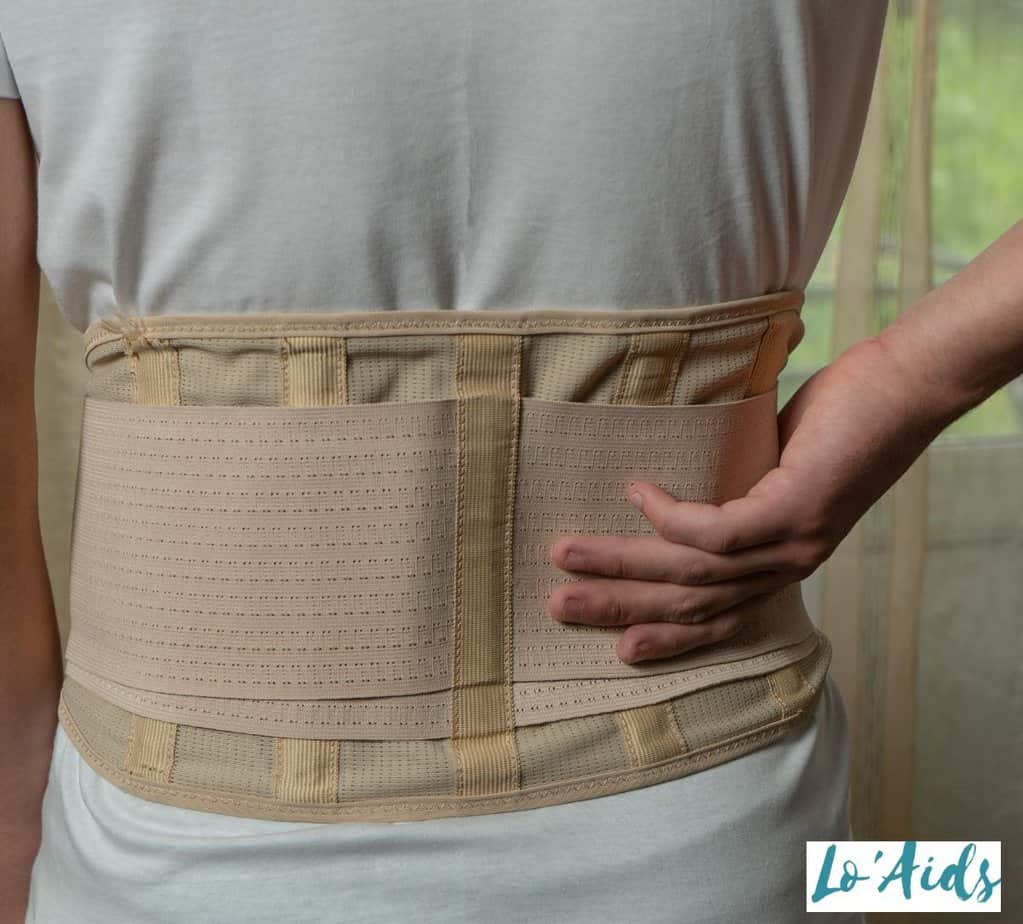
#1 Signs of Damage
If the physical damage to the brace is beyond minor wear and tear, it’s likely time for a replacement. Visible damage can significantly impact the brace’s functionality and comfort.
#2 Decreased Support
A brace no longer offering the necessary support is not serving its purpose.
Knowing when to replace your back brace is crucial for maintaining your back health.
According to Saurabh Dang, MD, Interventional Pain Physician
“A back brace should be used on a temporary basis and under guidance from a doctor or physical therapist, it should not be used for an extended period of time…[1].
Why is this important? Because continual usage will combat the support.
More specifically, if your brace isn’t providing the same level of comfort or support, it’s time to replace it as soon as possible.
#3 Extended Use
Most braces don’t have an exact expiry date, but if you’ve been wearing the same brace for a considerable amount of time, it may be time for a change.
The brace’s materials can break down over time, decreasing its effectiveness.
Understanding the Lifespan of a Back Brace
Back braces, just like any supportive equipment, can – with enough time – degrade, wear down, and lose their flexibility. But is this normal?
Orthopedic researchers of the portal Medical News Today explained:
Although “back braces wear out over time,” they explain, “the rate at which they wear out varies depending on how often a person uses these products [2].
After all, the lifespan of a back brace varies, depending on how often it’s used and the quality of its construction.
Yet, even the best brace can’t last forever and will inevitably show signs of wear and tear.
Besides, maintaining your back brace and knowing when to replace it is as crucial as wearing one.
This further highlights the importance of regular checks for visible damage and any changes in the functionality or comfort of the brace.
To do this, check your brace regularly and inspect it for any signs of degradation (wear and tear) routinely. This will ensure that your brace is apt to function well and support you maximally.
Remember, your brace is there to aid you. Nurture it, care for it, and it will care for you – helping you maintain your back health in the long run.
What Back Brace is best to wear? Find out in this video!
How Different Types Impact Back Brace Wear & Tear
Every back brace, whether for the knee joint or another part of the body, is crafted from diverse materials – from neoprene and latex to cotton blends.
The type of material used can significantly influence the normal wear and tear rate.
Some materials, for instance, might be more resistant to fraying, while others may lose their shape over time.
Understanding the materials of your back brace can help predict longevity and anticipate potential signs of wear.
On top of that, don’t skip my straightforward guide on “how to wear a back brace“. It’s filled with practical advice to help you out!
How Improper Cleaning Affects Your Back Brace Lifespan
Regular cleaning is a critical part of maintaining your back brace.
However, the wrong cleaning methods can accelerate the signs of wear.
Harsh chemicals or abrasive cleaning tools might cause minor wear, damage the material, compromise the structure, and lead to the brace losing its supportive qualities sooner.
Following the manufacturer’s cleaning instructions is essential to prevent excessive wear and extend the brace’s life.
The Role of Physical Work in Back Brace Replacement
The rate of physical activity you engage in while wearing your back brace, be it a knee brace or any other kind, can affect its lifespan.
For instance, if your rental properties involve physical labor or your daily tasks involve heavy lifting, these could cause uneven wear on your back brace.
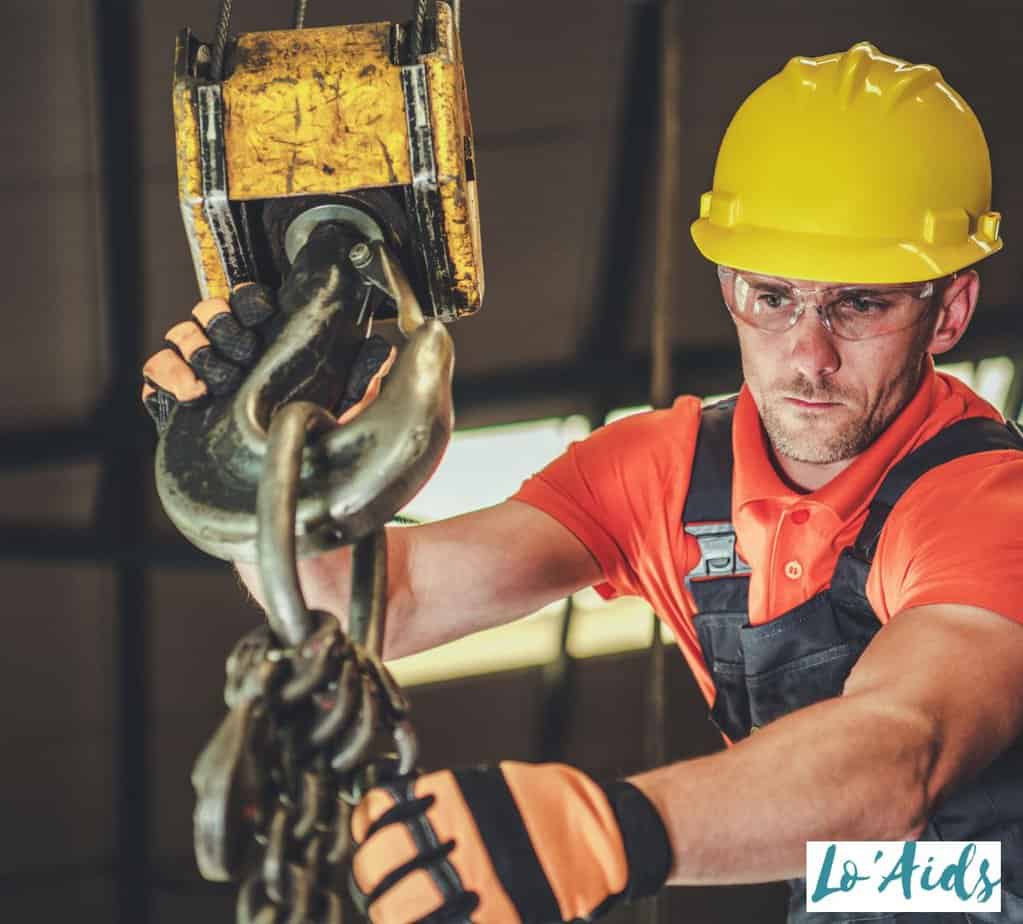
High-impact activities or regular usage daily may lead to faster wear and tear, necessitating more frequent replacements.
Thus, monitoring your activity levels can help you better predict when it might be time for a direct replacement of your brace.
Please remember, if you notice any visible signs or obvious signs of wear and tear, it’s time to consult with a medical professional (Doctor, Nurse, or back brace specialist) so you can address these problems head-on.
Doing so will help you immensely. These professionals will guide you on the necessary steps – whether it involves minor repairs or a complete replacement.
The goal is to ensure that your brace provides the necessary support while preventing further discomfort or injury.
Frequently Asked Questions
1. What are the signs of wear and tear on a brace?
Signs of wear and tear on a brace can include fraying the fabric, stretching the straps, or loosening the buckles.
Given enough time, you may notice your brace’s support is curbed.
2. How often should I check for signs of wear and tear on my brace?
I recommend you check your brace wear and tear at least once a month. If you’re using a back brace for lower back pain for women and you’re involved in physical activities (or any high-impact activities), inspect your brace more frequently.
3. When should I replace my brace?
Replace your brace as soon as you notice signs of wear and tear.
Conclusion
Knowing how to check for signs of wear and tear on your back brace is crucial for maintaining its effectiveness and comfort – plus, knowing when to replace the brace is critical!
Regular inspections, being mindful of its fit and comfort, and being aware of the brace’s age and usage are key.
As an orthopedic specialist, I recommend replacing your brace when necessary to ensure it continues to provide the support you need.
Remember to discuss any concerns or questions with your healthcare provider.
Until next time…
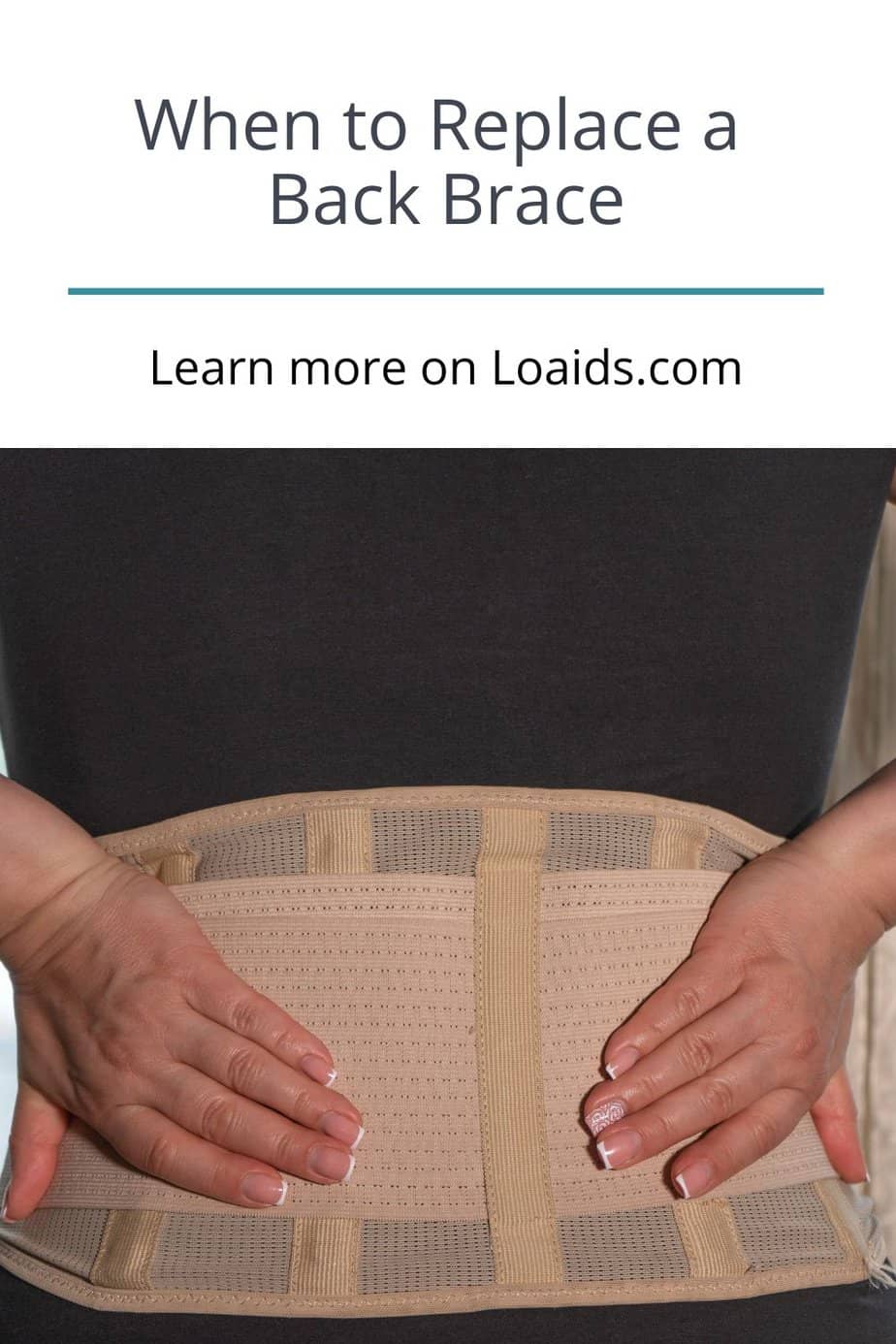
References
1. MD SD. When to Consider a Back Brace [Internet]. Spine-health. 2018. Available from: https://www.spine-health.com/treatment/alternative-care/when-consider-back-brace
2. Dresden D. Back brace: How to choose, uses, benefits, and more [Internet]. www.medicalnewstoday.com. 2021. Available from: https://www.medicalnewstoday.com/articles/back-braces


